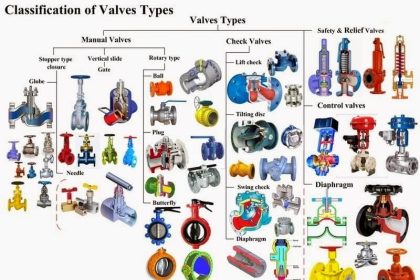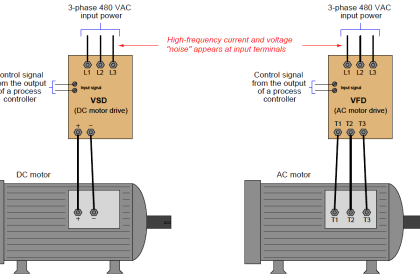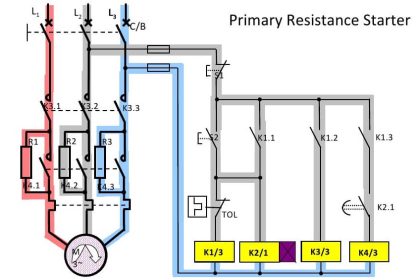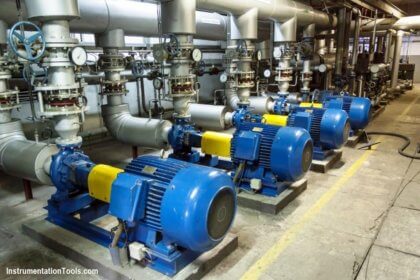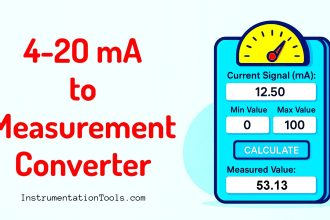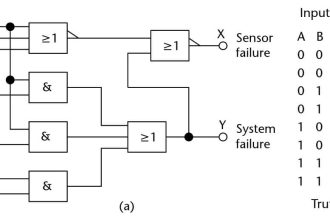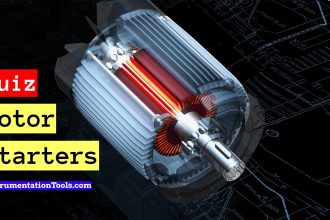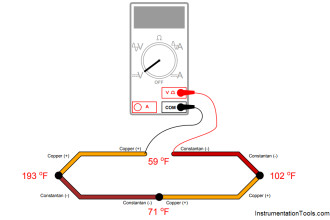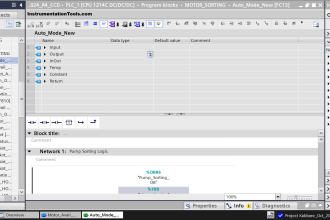Starting Current in Induction Motor:
Starting current of induction motor is as high as 5 to 7 times the normal full load current. Therefore different starting of induction motor, methods such as (star delta starter, auto transformer starter and other starting methods) are employed in order to reduce the high starting currents of induction motor.
Why High Starting Currents:
Induction motor can be compared to an electrical transformer with the secondary short circuited. Primary winding of the transformer can be compared to the stator winding of the induction motor and the rotor winding is considered as the short circuited secondary winding of the transformer.
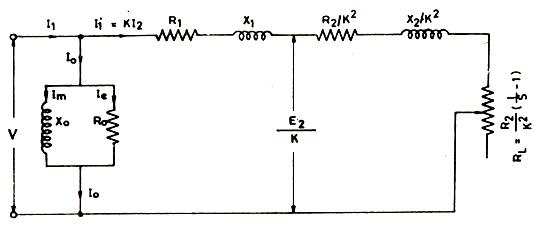
- Magnetizing component circuit
- Resistance and reactance circuit
Magnetizing component of current flowing through induction motor is proportional to the applied voltage and is independent of load on the motor similar to transformer .
Resistance and leakage reactance circuit consist of resistance and leakage reactance of stator and rotor of induction motor connected in series. A load resistance (variable) is connected in series to the fixed rotor and stator impedance. During starting of the motor, slip will be one. Therefore if we calculate the total impedance offered (stator and rotor impedance) to the inrush currents during starting of induction motor which is minimum resulting in high inrush currents during starting of the motor.
When 3 phase voltage applied across the stator winding for starting of induction motor, high inrush currents magnetize the air gap between the stator and rotor. An induces emf is generated in the rotor windings of the induction motor because of the rotating magnetic field. This induced emf produces electrical current in rotor windings. Current generated in the rotor windings produces a field which in turn produces torque to rotate the motor. Once the rotor starts picking up the speed, current drawn by the machine decreases. The time required for staring of the motor depends on the time required for the acceleration which depends on the nature of the connected load.
Disadvantages of High Starting Currents in Induction Motor:
High inrush currents drawn by induction motor during starting can result in large dip in connected bus voltages. This dip in bus voltages can impact the performance of other motors operating on the bus. Voltage dips during starting of large motors can trip some of the motors operating on the same bus. Care should be taken to limit the inrush currents during starting of the motor by employing proper starting methods
For large motors life of the machine depends on the number of startings. High inrush currents can cause increase in the temperature of the machine, damages the insulation and can reduce the life of the machine

